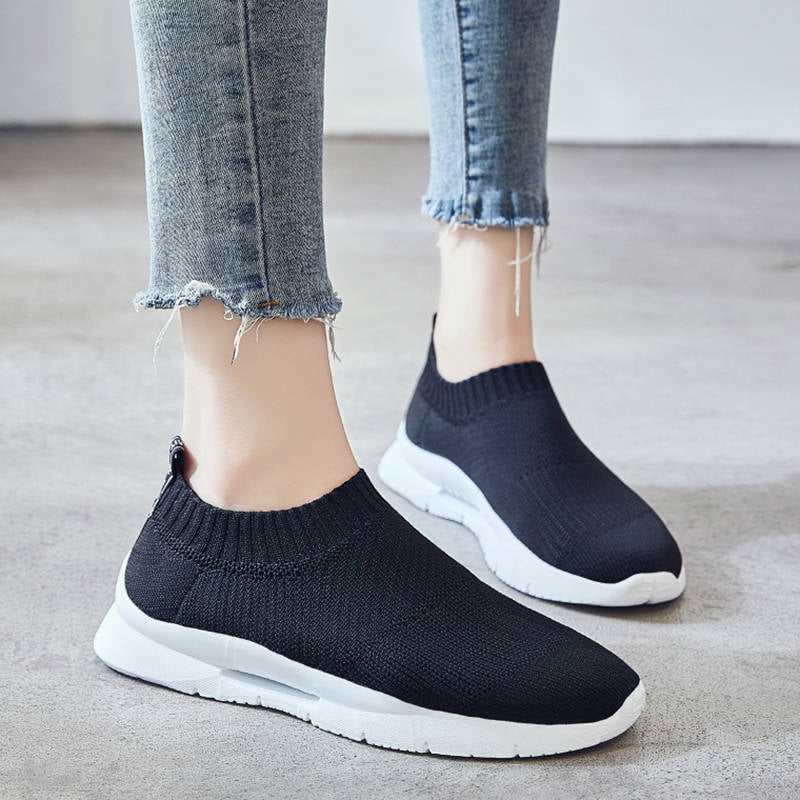
Black sneakers have become a staple in sneaker culture, and for good reason. But beyond their practicality, black sneakers also hold a significant cultural importance within the sneaker community. In this article, we’ll take a closer look at why black sneakers are so significant in sneaker culture, and how they’ve evolved over time.
History of Sneaker Culture
To understand the significance of black sneakers in sneaker culture, it’s important to first take a look at the history of sneaker culture itself. Sneaker culture arose in the 1970s, when basketball players began wearing high-top sneakers like the Nike Blazer and Converse Chuck Taylor All Star on and off the court. As the popularity of sneakers grew, so did the demand for rare and limited edition releases. Sneakerheads – avid collectors of rare and highly sought-after sneakers – began to emerge, forming a tight-knit community around their shared love of sneakers. Today, sneaker culture has become a global phenomenon, with millions of people around the world collecting, trading, and wearing sneakers as a form of self-expression.
Significance of Black Sneakers
So, why are black sneakers so significant in sneaker culture? For one, they’re a classic, timeless choice that can be worn with just about any outfit. Black sneakers are versatile and understated, making them a reliable choice for any occasion. Black sneakers have also played a significant role in the history of sneakers themselves. In the early days of sneaker culture, black sneakers like the Converse Chuck Taylor All Star and Nike Air Force 1 were among the most popular and coveted sneakers on the market. As sneaker culture has evolved, so too have black sneakers. Today, there are countless styles of black sneakers to choose from, ranging from classic canvas kicks to high-tech running shoes. Black sneakers have also become increasingly popular in the world of fashion, with luxury brands like Balenciaga and Gucci releasing their own versions of the classic black sneaker.
The Role of Black Sneakers in Streetwear
Black sneakers have also played a significant role in the world of streetwear, a fashion movement that emerged in the 1980s and 1990s. Streetwear is characterized by its casual, comfortable style, and often incorporates elements of hip hop and skate culture. Black sneakers have become a staple in streetwear, with brands like Vans, Nike, and Adidas releasing a wide range of black sneakers that cater to this style.
One of the most iconic black sneakers in streetwear is the Nike Air Force 1. Originally released in 1982, the Air Force 1 quickly became a favorite among hip hop artists and sneakerheads alike. The shoe’s all-black colorway and clean, minimalist design made it a versatile choice for any outfit, while its durable construction and high-top design made it a reliable choice for activities like basketball and skateboarding.
In addition to the Air Force 1, other black sneakers like the Converse Chuck Taylor All Star and Vans Old Skool have also become staples in streetwear.
Black Sneakers in High Fashion
Finally, black sneakers have also made their way into the world of high fashion. Luxury brands like Balenciaga, Gucci, and Prada have all released their own versions of the classic black sneaker, often featuring high-end materials like leather and suede. One of the most popular luxury black sneakers is the Balenciaga Triple S, which features a chunky, oversized design and premium materials like leather and mesh. The shoe’s all-black colorway and unique design have made it a favorite among fashion influencers and celebrities, and have helped solidify the role of black sneakers in the world of high fashion.
In conclusion, black sneakers have become a significant part of sneaker culture, streetwear, and high fashion alike. They’re a classic, timeless choice that can be worn for any occasion, and have played a significant role in the history of sneakers themselves. Whether you prefer a classic canvas sneaker or a high-end luxury sneaker, there’s a black sneaker out there for everyone.

